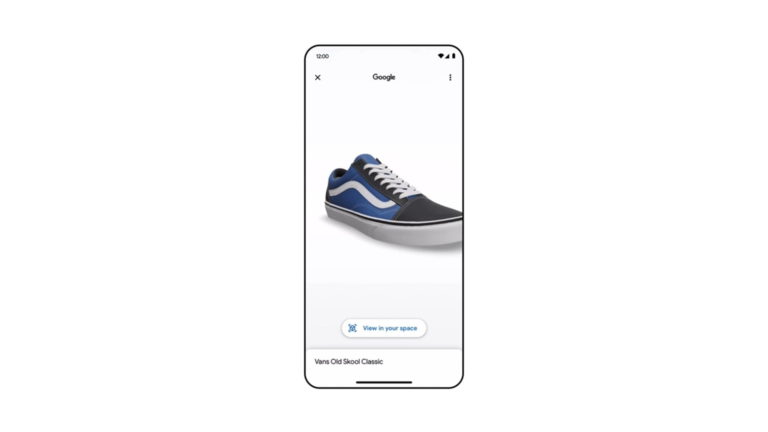
Like many analyst firms, market sizing is one of the ongoing practices of AR Insider’s research arm ARtillery Intelligence. A few times per year, it goes into isolation and buries itself deep in financial modeling. One such exercise recently examined the full spatial spectrum.
By that, we mean the main tentpoles of XR: mobile AR, headworn AR, and VR. These each get their own standalone forecasts, but are also assembled together once per year for a holistic view. We don’t do market sizing around the m-word because, well, it doesn’t exist yet.
So what did this forecast uncover? At a high level, global XR revenue is projected to grow from $15.7 billion in 2021 to $73.1 billion in 2026. This steep growth is driven by the collective revenue generation around several markets, and the projected outer-year inflections in headworn AR.
Drilling down, our latest Behind the Numbers installment looks at the forecast’s outlook for immersive marketing specifically. How much do brands spend on immersive ads such as sponsored AR lenses? This includes campaign creation software as well as paid placement.
Business Case
Starting at the top, global XR marketing spending will grow from an estimated $2.42 billion in 2021 to $9.79 billion in 2027, a 32.2 percent compound annual growth rate. As noted, this includes campaign creation software (e.g., 8th Wall) and paid amplification (e.g., Sponsored Lenses).
Breaking that down, paid placement is the largest component of the above revenue totals, with $2.11 billion in 2021, growing to $8.51 billion in 2026. These figures exclude self-distributed lens marketing (e.g., brand apps), overhead (e.g., developer salaries), and agency fees.
Growth is driven by brand interest in immersive product try-ons. This not only resonates with creative sensibilities, but it shows a strong business case through ad performance. As we examined in a recent report, ROI metrics include engagement depth and actionable outcomes.
Most of the above flows from mobile AR, as opposed to headworn AR and VR. The latter two branches of XR don’t have the scale to attract brand marketers en masse. That day could come as these XR modalities grow, but they’re erstwhile held back as advertisers are all about reach.
Key Lesson
In terms of formats, AR lenses lead today, including selfie filters from Snapchat, Instagram, and others. This format has gained traction because players like Snap have infused AR with established behaviors such as social-graph-driven multimedia sharing. This is a key lesson for XR.
Snap also leads the paid ad placement portion of XR marketing spend, excluding some of the above costs like AR creation platforms (Snap’s Lens Studio is free). This has a lot to do with Snap’s organizational commitment to AR and its investments in the technology.
Quantifying that, Snap has 250 million active AR users and 6 billion lens impressions per day. Though these figures are mostly organic lens engagement, they provide a strong foundation for sponsored lens monetization by attracting brand marketers. Again, they’re drawn to scale.
Meta also has ample AR marketing traction given a multi-app play that includes Facebook and Instagram. TikTok is the wild card. Its younger AR creation platform, Effect House, could amplify its AR scale and monetization potential, just as creator platforms did for Snap and Meta.
We’ll pause there and circle back in the next installment with further breakdowns of XR revenue subsegments…

